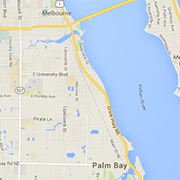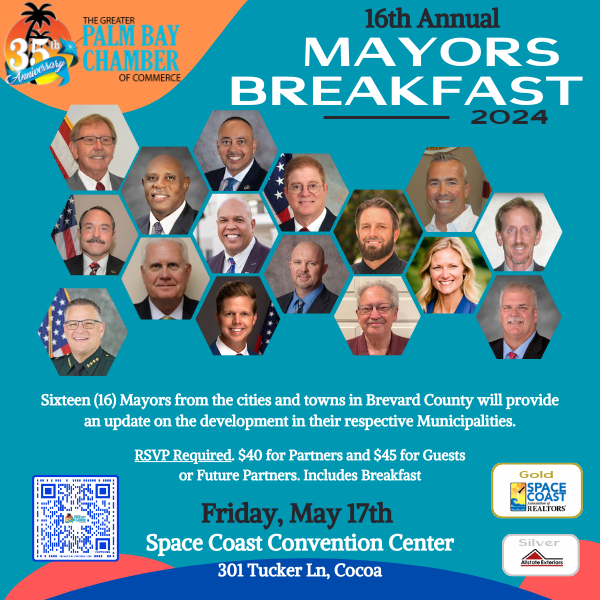Live like the locals. Camera and kinship was all I needed in Africa

“Live like the locals. Eat like the locals.” Those sentences woke me as they repeated in my head. I looked around confused as to how I ended up in a seated position in the bed. Dazed, I remembered I had fallen asleep under a mosquito net in a twin bed in a remote region of Uganda.
All my life, I felt drawn to Africa. At 5 years old, a teacher assessing my knowledge level as I entered kindergarten asked me, “Name all the animals you can think of in a minute.“ Excitedly, I listed, “rhinoceros, elephant, hippopotamus…” all African safari animals. As a teenager, I read everything related to slavery in the United States. In college, I met a woman who worked with orphanages in Tanzania and I knew my photojournalism career choice would be my means to get to Africa.
In 2011, I met Marty L. Ward through Women’s Prosperity Network. In 2017, we each attended business meetings throughout the community where Ward spoke about her 2018 TAG 4 Change Movement tour in Uganda through her non-profit organization Confidence Eliminates Bullying. I approached her and said, “Marty, you know you need to take me with you to professionally document this adventure, right?” Her response was always, “Ya, ya. Wouldn’t that be great.” She blew me off, but I persisted.
At the January WPN luncheon, Marty spoke about a vision she had in 2007 where she stood in a long white dress and spoke to thousands of children. I saw all the details of her story. After that meeting, Marty approached me and said, “I’m going to figure out a way to take you to Africa with me.” And so our adventure began.
The bumpy road
Our trip had plenty of turbulence. Our planes all had mechanical issues, which postponed each of our flights and caused us to miss our final connection from Brussels to Uganda — a flight only offered once a day and not on Fridays.
We finally arrived in Entebbe, Uganda, but our luggage would not join us for another two days. We met our team outside the airport with tired hugs at 2 a.m., happy to at least be on Ugandan soil. Then, another delay as our rented van had a flat tire.
Our packed schedule immediately took us to remote areas, four to eight hours away from the airport. We spent seven days in the same clothes. Seven days without my international power converters or my two large suitcases packed full of clothes, equipment and food I thought I needed to survive our three-week adventure.
Fortunately, I had all my camera equipment and I quickly realized that’s all I needed. I had plenty of camera battery life to last until I could access the power converters. No one cared that my white shirt slowly turned a shade of burnt orange from all the red clay in the air.
Cultural immersion
It was on the first night at our first remote location that I awoke seated in the bed with the thoughts, “Live like the locals. Eat like the locals,” in my head. I simply said, “Ok. That’s what I’ll do,” and went back to sleep.
For the rest of our trip, I did exactly that. I ate anything presented to me. I even tried goat stomach without knowing what it was before I ate it. Our team members taught us names of food and how to say key phrases. I said “weebale” (pronounced “way-buh-lay) the most. It means thank you.
With each new experience, location we visited and person we met, I felt more grateful that they shared their lives, their stories, their food, their tea and their homes with us even when they had so little to share. Everywhere we went, people welcomed us with song and dance. They emanated pure joy and love.
Pure joy despite most of them living without running water or electricity. Pure joy even though most children went to school barefoot in hand-me-downs that had holes and were threadbare. Only children whose parents could afford the school fees attended school.
We visited schools and churches every day. The children were fascinated with us. For many, we were the first white people they had ever seen. I was definitely the first 6-foot-tall white woman with a large camera they had ever seen.
I took the children’s photo and showed it to them on the camera’s display. They laughed and giggled as they reviewed their images. For many, it was the first time they’d ever seen themselves.
For three weeks, Marty, our team, our luggage and I squeezed into the black van, affectionately nicknamed “The Love Bubble” because we became like family. We always laughed and joked, even on the longest days. I felt safe, loved and protected at all times.
We traveled the central, southern and eastern regions of Uganda. Marty spoke in front of 7,000 people, mostly children. We used latrines everywhere and only had a shower with running water once a week. Otherwise, the women of the houses or hotels where we stayed brought us hot water and a plastic basin to bathe each night. We ate the locally grown food and drank black tea with sugar and warm milk, the way the locals did.
The little girl in me who loved African safari animals saw wild monkeys, monitor lizards and African eagles. The teenager in me who obsessively read books about slavery came to the continent where the slaves originated. The college student who knew her choice in career would be her ticket to Africa finally got on the plane, camera in hand. It is a lifelong dream come true and I am thankful that Marty took me along to document her adventure.
For three weeks, I did as the spirit of Africa encouraged in my sleep that first night. I lived like the locals and ate like the locals. I am forever changed.








